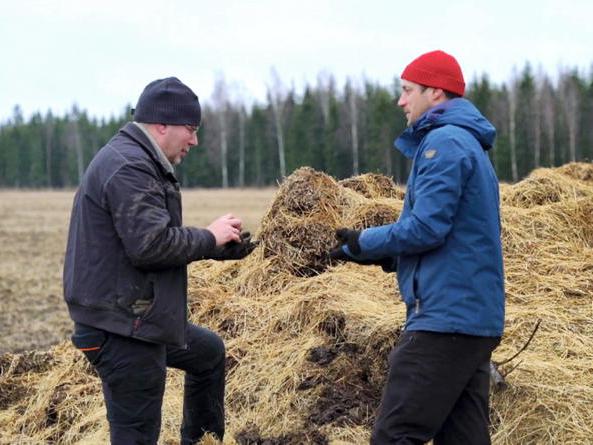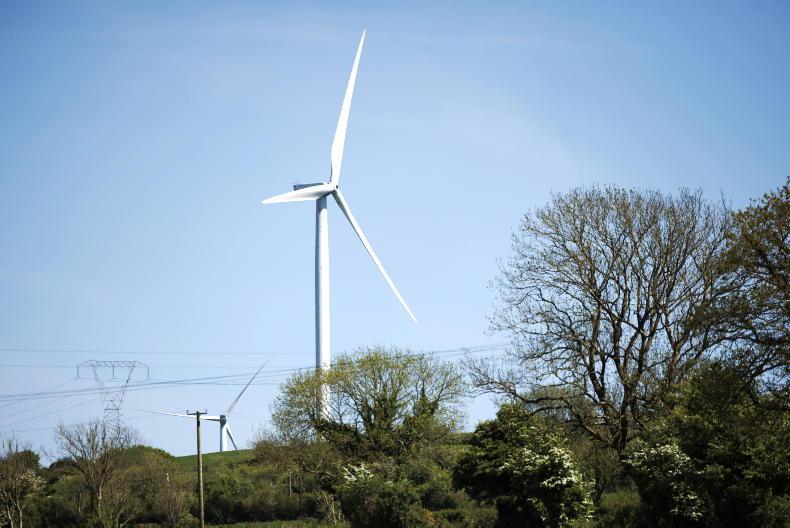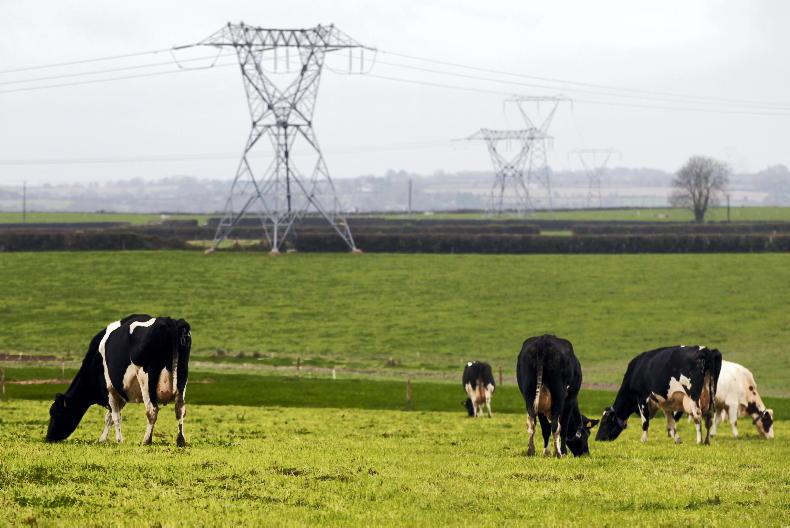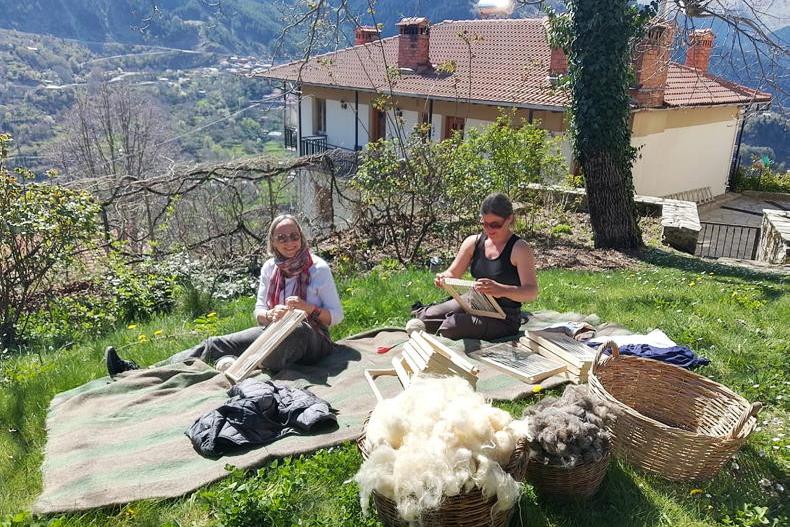This week, we travel to the Nordic regions of Europe to explore what it means to be a Lighthouse Farm.
Is it a farm that follows best practice? A farm that has its breeding programme, soil sampling, nutrient management, record keeping and everything else in order?
Almost, but take one leap further. Lighthouse farms are farms that break with the rules of the past and set new rules of the game for the future.
What does ‘breaking the rules’ mean in practice?
We visit two exemplar farms that have broken with one of the many old unwritten rules. In this case that “land is either used for food production, or for bioenergy”.
Under this old rule, producing more of one means less of the other, and this food-fuel competition has made policymakers nervous about investments in biofuels.
But what if we could find ways to break this rule, produce more food and at the same time more bioenergy?
Our two Nordic lighthouse farms do just that, in two very different ways. The AS Ziedi JP farm in Latvia uses steel and concrete, while the Knehtilä farm in Finland relies on ecological principles.
As we will see, both approaches result in farms that are net exporters of both food and energy.
One car per hectare
Near Hyvinkää in Southern Finland, neighbouring farmers Markus Eerola and Kari Köppelmaki have combined forces with Helsinki University and a local energy company to deliver on a plan to produce biogas from green manure.

The on-farm biogas plant in Finland produces energy as well as fertiliser for the farm.
During my last visit, in pre-COVID-19 times, Markus explained the secret to their success: “As each of us farms organically, we used to set about a third of our land aside to grow green manure.
“We would plough this in, and this would fertilise our cereal crops for the next few years.
“Now we harvest the green manure, and make pit silage out of it, using the type of pits you find on most grassland farms.
“We pump a bacterial culture through the silage pits that creates biogas. Using a water tower, the gas is washed and extracted as high-grade biomethane, which we sell as motor fuel.”
Indeed, during my visit many neighbours pulled up to fill up with biogas from the automated pump.
Instead of ploughing in the green manure in situ, Markus and Kari now have a powerful organic fertiliser that they can apply precisely where it is needed
Kari has calculated that each hectare of green manure can power one car for a full year, but the real innovation on the farm is what happens next. Over time, the silage reduces in volume, but retains its nutrients.
Instead of ploughing in the green manure in situ, Markus and Kari now have a powerful organic fertiliser that they can apply precisely where it is needed.
The result is that they can reduce the area sown to green manure to 20%, while increasing the area dedicated to cash crop production. That means more food, thanks to the production of biofuel.
A caviar farm, powered by dairy cows
Is this energy benefit confined to organic farms that rely on green manure for their nitrogen? Not at all. Let’s look at the solution that their Latvian neighbours developed for their 2,400ha farm.
The Pilveris family oversee an industrial complex, where more than a thousand dairy cows are milked every day.
Not only do these cows produce milk, their manure is stored in six large anaerobic digesters that feed two generators which produce 35MW of green electricity each day.

Caviar is produced by the fish in these tanks on this farm in Latvia. \ Ronald Hissink, De Boerderij
What makes this operation interesting is how the Pilveris family make use of the heat escaping from the generators that was previously ‘wasted’.
Juris Pilveris explains: “We use the heat to warm up dozens of fish tanks, where we grow sturgeon and eel. Thanks to the heat, we can finish these fish within a year or two.
“We sell the fish whole, or turn it into fillets and other products at our processing plant.
“But the ultimate value is in the final product of our farm: caviar. We can harvest up to €1,000 worth from each fish matured for caviar production.” Juris’ son Uldis smiles: “You are looking at a caviar farm, powered by dairy cows”.
But if we look at energy flows, this farm is a power station that happens to produce food on the side
These words resonate as I travel home through the Latvian landscape, a patchwork of forests and large fields that roll to the horizon.
Economically, this is a caviar farm, powered by dairy cows. But if we look at energy flows, this farm is a power station that happens to produce food on the side.
And in terms of biomass flows, this is a dairy farm that makes best use of its manure. Which is it? It is all of the above.
Does this mean that all dairy farms should take a leaf out of the Latvian book, and introduce sturgeon on to their farms?
Of course not, but Juris and Uldis do show how breaking the old rules can lead to surprising innovations that contribute to both economic and environmental sustainability.
New science
This point was not missed on Kari: whenever he is snowed in during the long Finnish winter, he works on his PhD, where he is rewriting the new ‘rules’ for future farming systems.
Inspired by his Latvian colleagues, he has redefined the meaning of the ‘circular bioeconomy’ by introducing the concept of ‘nested circularity’, where flows of biomass, energy, nutrients, and money are closed at multiple interlocking scales, from farm scale to global trade.
This is where we come full circle and arrive at the ultimate goal of the Global Network of Lighthouse Farms.
Here farmers and scientists inspire each other to break the rules of the past and set new rules that will energise the future of farming.
As Rogier alludes to, caviar farming is not practical for everyone and of course if everyone moved to producing caviar it would not be such a valuable product. However, this story shows that there are plenty of different options out there if we start to think outside the box.

Rogier Shulte Global Network of Lighthouse Farms.
The biogas plants really look to be a perfect fit on these farms in Finland and Latvia.
If biogas plants were more easily constructed here in Ireland, as they are in Europe, there is potential to produce energy, while also increasing the value of waste products which can benefit our soils and also improve efficiency and sustainability on farms.
It is not easy for farmers to build these plants here in Ireland but that is a whole other article.
The main message from this instalment of the Lighthouse Farms seems to be “think outside the box”.
Producing energy on farm does not have to mean reduced food production.The Pilveris farm is a caviar farm fuelled by dairy cows with electric and heat energy as a saleable byproduct. The Knehtilä farm in Finland freed up more if its land for food production by increasing the nutrient concentration of the product from a smaller area of a green manure crop.
This week, we travel to the Nordic regions of Europe to explore what it means to be a Lighthouse Farm.
Is it a farm that follows best practice? A farm that has its breeding programme, soil sampling, nutrient management, record keeping and everything else in order?
Almost, but take one leap further. Lighthouse farms are farms that break with the rules of the past and set new rules of the game for the future.
What does ‘breaking the rules’ mean in practice?
We visit two exemplar farms that have broken with one of the many old unwritten rules. In this case that “land is either used for food production, or for bioenergy”.
Under this old rule, producing more of one means less of the other, and this food-fuel competition has made policymakers nervous about investments in biofuels.
But what if we could find ways to break this rule, produce more food and at the same time more bioenergy?
Our two Nordic lighthouse farms do just that, in two very different ways. The AS Ziedi JP farm in Latvia uses steel and concrete, while the Knehtilä farm in Finland relies on ecological principles.
As we will see, both approaches result in farms that are net exporters of both food and energy.
One car per hectare
Near Hyvinkää in Southern Finland, neighbouring farmers Markus Eerola and Kari Köppelmaki have combined forces with Helsinki University and a local energy company to deliver on a plan to produce biogas from green manure.

The on-farm biogas plant in Finland produces energy as well as fertiliser for the farm.
During my last visit, in pre-COVID-19 times, Markus explained the secret to their success: “As each of us farms organically, we used to set about a third of our land aside to grow green manure.
“We would plough this in, and this would fertilise our cereal crops for the next few years.
“Now we harvest the green manure, and make pit silage out of it, using the type of pits you find on most grassland farms.
“We pump a bacterial culture through the silage pits that creates biogas. Using a water tower, the gas is washed and extracted as high-grade biomethane, which we sell as motor fuel.”
Indeed, during my visit many neighbours pulled up to fill up with biogas from the automated pump.
Instead of ploughing in the green manure in situ, Markus and Kari now have a powerful organic fertiliser that they can apply precisely where it is needed
Kari has calculated that each hectare of green manure can power one car for a full year, but the real innovation on the farm is what happens next. Over time, the silage reduces in volume, but retains its nutrients.
Instead of ploughing in the green manure in situ, Markus and Kari now have a powerful organic fertiliser that they can apply precisely where it is needed.
The result is that they can reduce the area sown to green manure to 20%, while increasing the area dedicated to cash crop production. That means more food, thanks to the production of biofuel.
A caviar farm, powered by dairy cows
Is this energy benefit confined to organic farms that rely on green manure for their nitrogen? Not at all. Let’s look at the solution that their Latvian neighbours developed for their 2,400ha farm.
The Pilveris family oversee an industrial complex, where more than a thousand dairy cows are milked every day.
Not only do these cows produce milk, their manure is stored in six large anaerobic digesters that feed two generators which produce 35MW of green electricity each day.

Caviar is produced by the fish in these tanks on this farm in Latvia. \ Ronald Hissink, De Boerderij
What makes this operation interesting is how the Pilveris family make use of the heat escaping from the generators that was previously ‘wasted’.
Juris Pilveris explains: “We use the heat to warm up dozens of fish tanks, where we grow sturgeon and eel. Thanks to the heat, we can finish these fish within a year or two.
“We sell the fish whole, or turn it into fillets and other products at our processing plant.
“But the ultimate value is in the final product of our farm: caviar. We can harvest up to €1,000 worth from each fish matured for caviar production.” Juris’ son Uldis smiles: “You are looking at a caviar farm, powered by dairy cows”.
But if we look at energy flows, this farm is a power station that happens to produce food on the side
These words resonate as I travel home through the Latvian landscape, a patchwork of forests and large fields that roll to the horizon.
Economically, this is a caviar farm, powered by dairy cows. But if we look at energy flows, this farm is a power station that happens to produce food on the side.
And in terms of biomass flows, this is a dairy farm that makes best use of its manure. Which is it? It is all of the above.
Does this mean that all dairy farms should take a leaf out of the Latvian book, and introduce sturgeon on to their farms?
Of course not, but Juris and Uldis do show how breaking the old rules can lead to surprising innovations that contribute to both economic and environmental sustainability.
New science
This point was not missed on Kari: whenever he is snowed in during the long Finnish winter, he works on his PhD, where he is rewriting the new ‘rules’ for future farming systems.
Inspired by his Latvian colleagues, he has redefined the meaning of the ‘circular bioeconomy’ by introducing the concept of ‘nested circularity’, where flows of biomass, energy, nutrients, and money are closed at multiple interlocking scales, from farm scale to global trade.
This is where we come full circle and arrive at the ultimate goal of the Global Network of Lighthouse Farms.
Here farmers and scientists inspire each other to break the rules of the past and set new rules that will energise the future of farming.
As Rogier alludes to, caviar farming is not practical for everyone and of course if everyone moved to producing caviar it would not be such a valuable product. However, this story shows that there are plenty of different options out there if we start to think outside the box.

Rogier Shulte Global Network of Lighthouse Farms.
The biogas plants really look to be a perfect fit on these farms in Finland and Latvia.
If biogas plants were more easily constructed here in Ireland, as they are in Europe, there is potential to produce energy, while also increasing the value of waste products which can benefit our soils and also improve efficiency and sustainability on farms.
It is not easy for farmers to build these plants here in Ireland but that is a whole other article.
The main message from this instalment of the Lighthouse Farms seems to be “think outside the box”.
Producing energy on farm does not have to mean reduced food production.The Pilveris farm is a caviar farm fuelled by dairy cows with electric and heat energy as a saleable byproduct. The Knehtilä farm in Finland freed up more if its land for food production by increasing the nutrient concentration of the product from a smaller area of a green manure crop.















SHARING OPTIONS